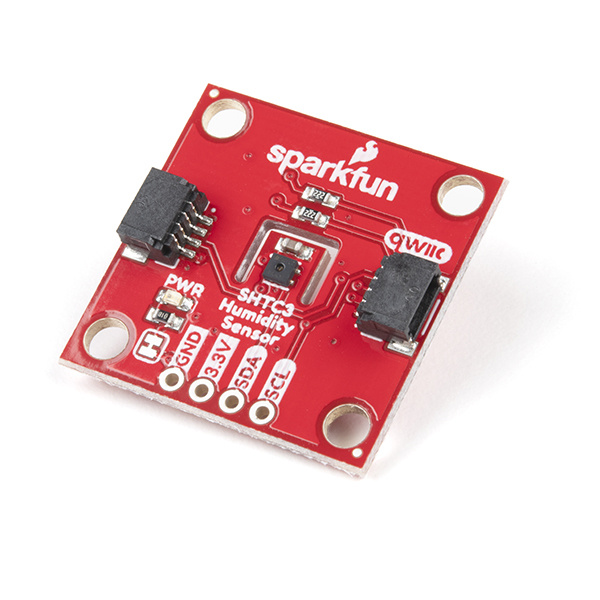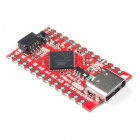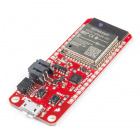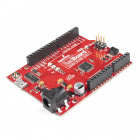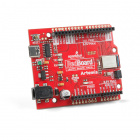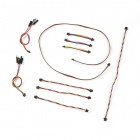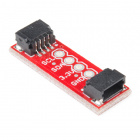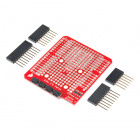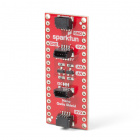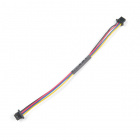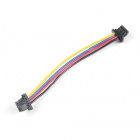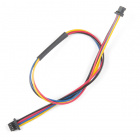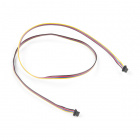SparkFun Humidity Sensor Breakout - SHTC3 (Qwiic) Hookup Guide
Introduction
Looking to keep a log of the climate in your greenhouse, create a humidor control system or want to track temperature and humidity data for a weather station project? The SparkFun Humidity Sensor Breakout - SHTC3 (Qwiic) may be the perfect option for you! The SHTC3 is a low cost, easy-to-use, highly accurate digital humidity and temperature sensor. The SHTC3 communicates via I2C so, as you can tell by the name, we have broken out the pins on the sensor to Qwiic connectors so you can easily connect it to SparkFun's ever growing Qwiic Ecosystem.
In this guide we will highlight some of the unique features of this breakout, how to connect and use it as well as an Arduino library with four examples to get you started with your next environmental monitoring project.
Required Materials
To follow along with this guide you will need a microcontroller to communicate with the SHTC3. Below are a few options that come Qwiic-enabled out of the box:
If your chosen microcontroller is not already Qwiic-enabled, you can add that functionality with one or more of the following items:
SparkFun Qwiic Shield for Arduino Nano
DEV-16130You will also need at least one Qwiic cable to connect your sensor to your microcontroller.
Qwiic Cable - 100mm
PRT-14427Qwiic Cable - 50mm
PRT-14426Qwiic Cable - 200mm
PRT-14428Qwiic Cable - 500mm
PRT-14429Suggested Reading
If you aren't familiar with the Qwiic system, we recommend reading here for an overview.
 |
We would also recommend taking a look at the following tutorials if you aren't familiar with them. If you are using one of the Qwiic Shields listed above, you may want to read through their respective Hookup Guides as well before you get started with the SparkFun Humidity Sensor Breakout - SHTC3 (Qwiic).
